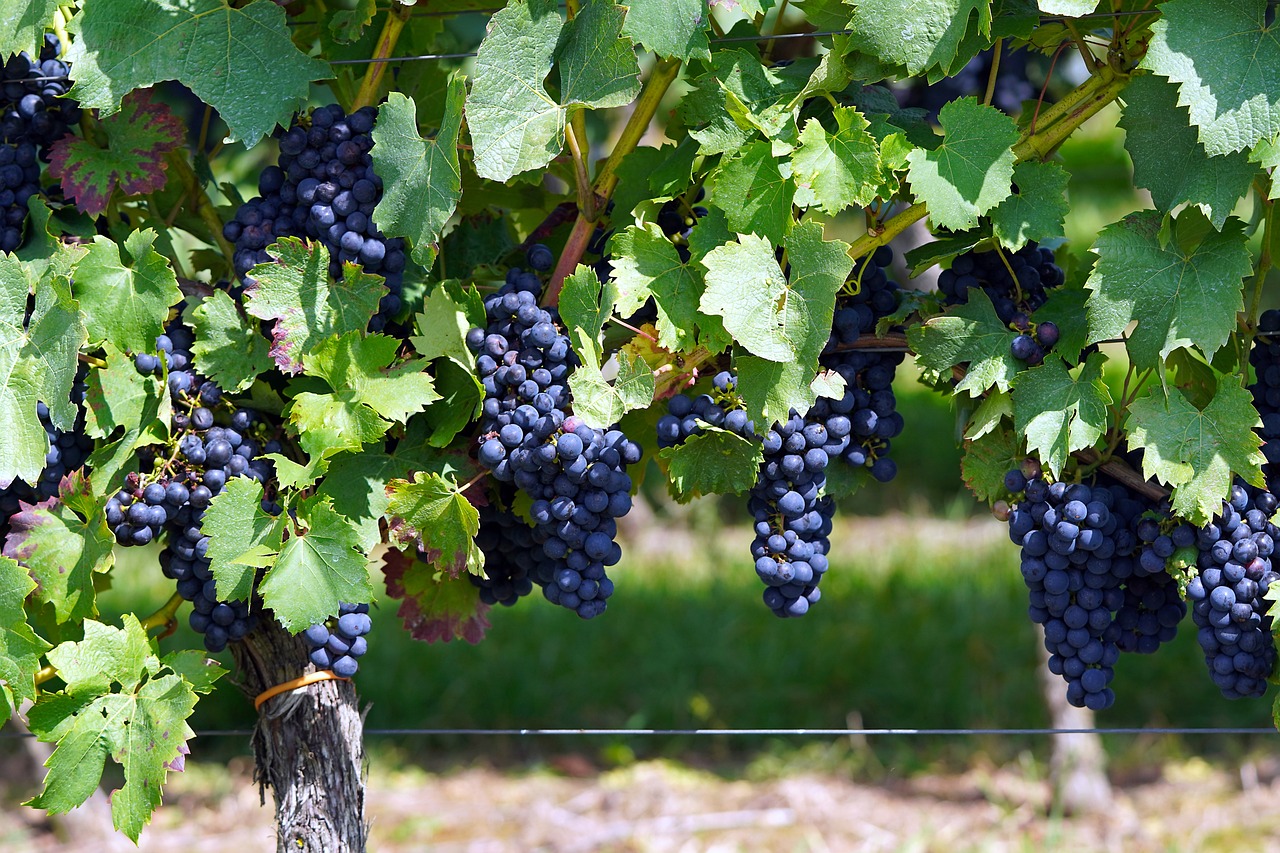The Science of Food Packaging: Ensuring Safety and Preservation
Food packaging plays a crucial role in the food industry by ensuring product safety and maintaining quality. It serves as a protective barrier against external factors such as contamination, moisture, and physical damage, which can compromise the integrity of the food. Moreover, packaging helps to extend the shelf life of perishable goods, reducing food waste and allowing products to reach consumers in optimal condition.
In addition to safeguarding the food inside, packaging also serves as a means of communication with consumers. Labels and packaging designs provide important information such as nutritional content, ingredients, and expiration dates, helping customers make informed choices. Eye-catching packaging can also influence purchasing decisions, making brands stand out on crowded shelves and enticing consumers to try new products.
Materials Used in Food Packaging
While there are various materials used in food packaging, some of the most common ones include plastic, glass, paper, and metal. Each material offers unique benefits and drawbacks in terms of cost, barrier properties, and sustainability. Plastic is lightweight and versatile, making it suitable for a wide range of food products. However, it is important to consider the environmental impact of plastic packaging and explore alternative options to reduce waste.
Glass is another popular material for food packaging due to its ability to maintain the quality and freshness of the products. It is impermeable to air and liquids, preserving the flavor and texture of the food inside. While glass is recyclable and eco-friendly, it is heavier and more fragile compared to other packaging materials. Finding the right balance between functionality, cost-effectiveness, and sustainability is crucial when choosing the materials for food packaging.
Why is food packaging important?
Food packaging is important for several reasons, including protecting food from contamination, extending its shelf life, providing information to consumers, and ensuring easy transportation and storage.
What are some common materials used in food packaging?
Common materials used in food packaging include plastic, paper, cardboard, glass, aluminum, and biodegradable materials.
How does the choice of packaging material impact the environment?
The choice of packaging material can have a significant impact on the environment. Materials like plastic can be harmful if not disposed of properly, while biodegradable materials are more environmentally friendly.
How can consumers ensure proper disposal of food packaging?
Consumers can ensure proper disposal of food packaging by recycling materials whenever possible, following local recycling guidelines, and reducing waste by choosing products with minimal packaging.
Are there regulations in place for food packaging materials?
Yes, there are regulations in place for food packaging materials to ensure that they are safe for use with food products and meet certain standards for quality and safety.





